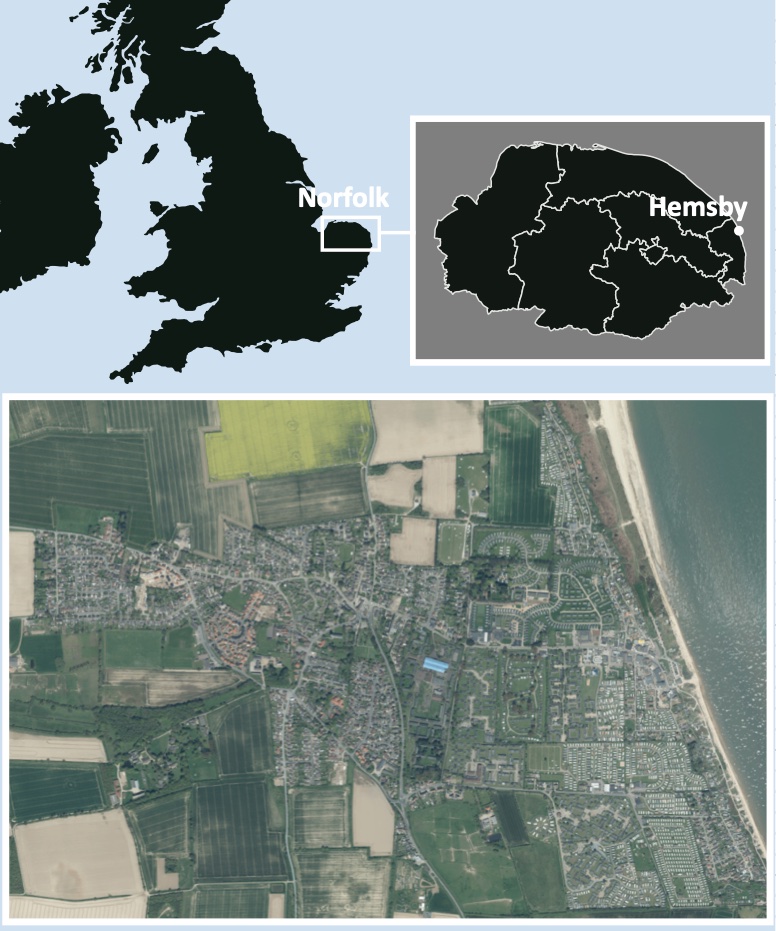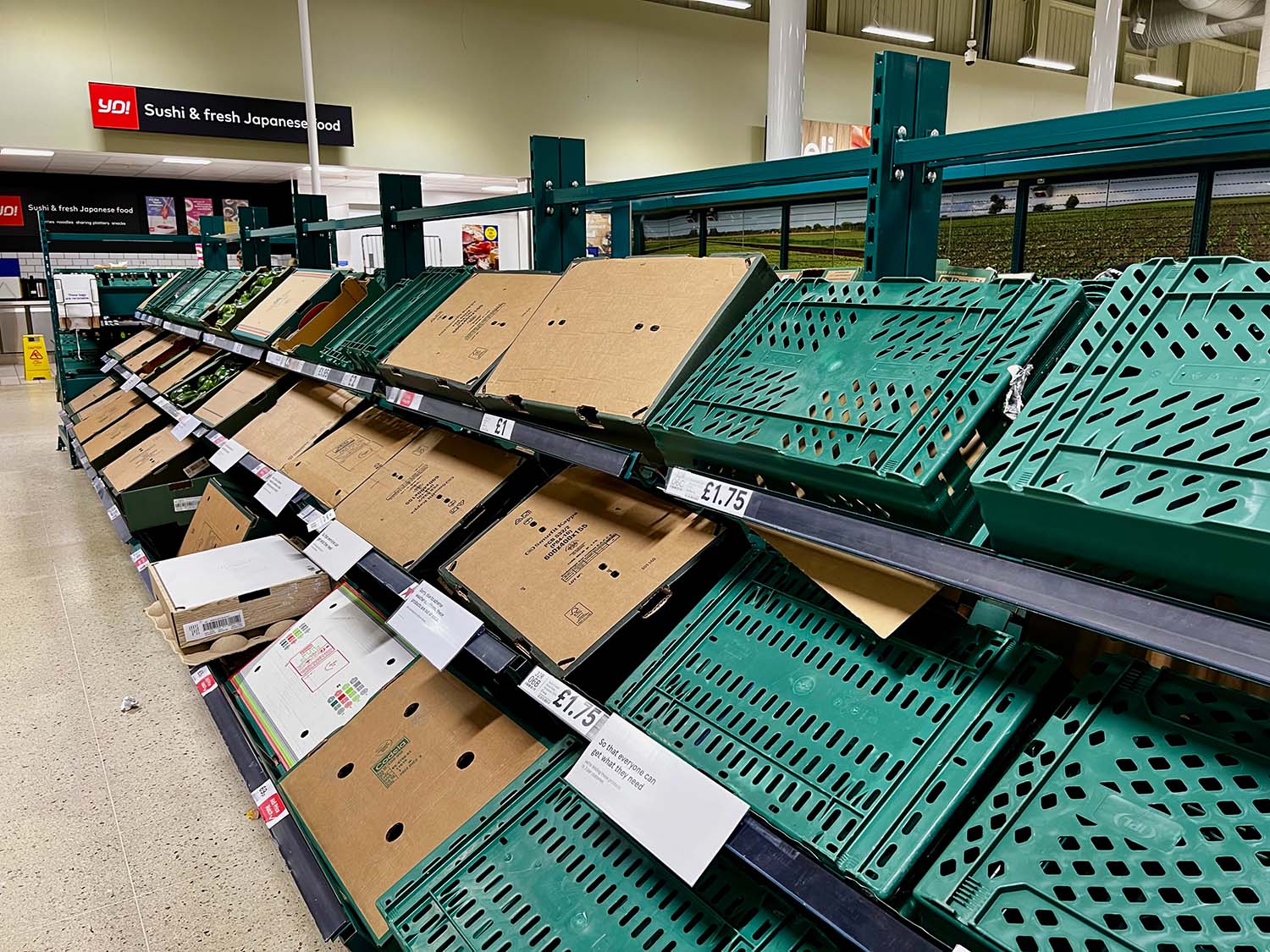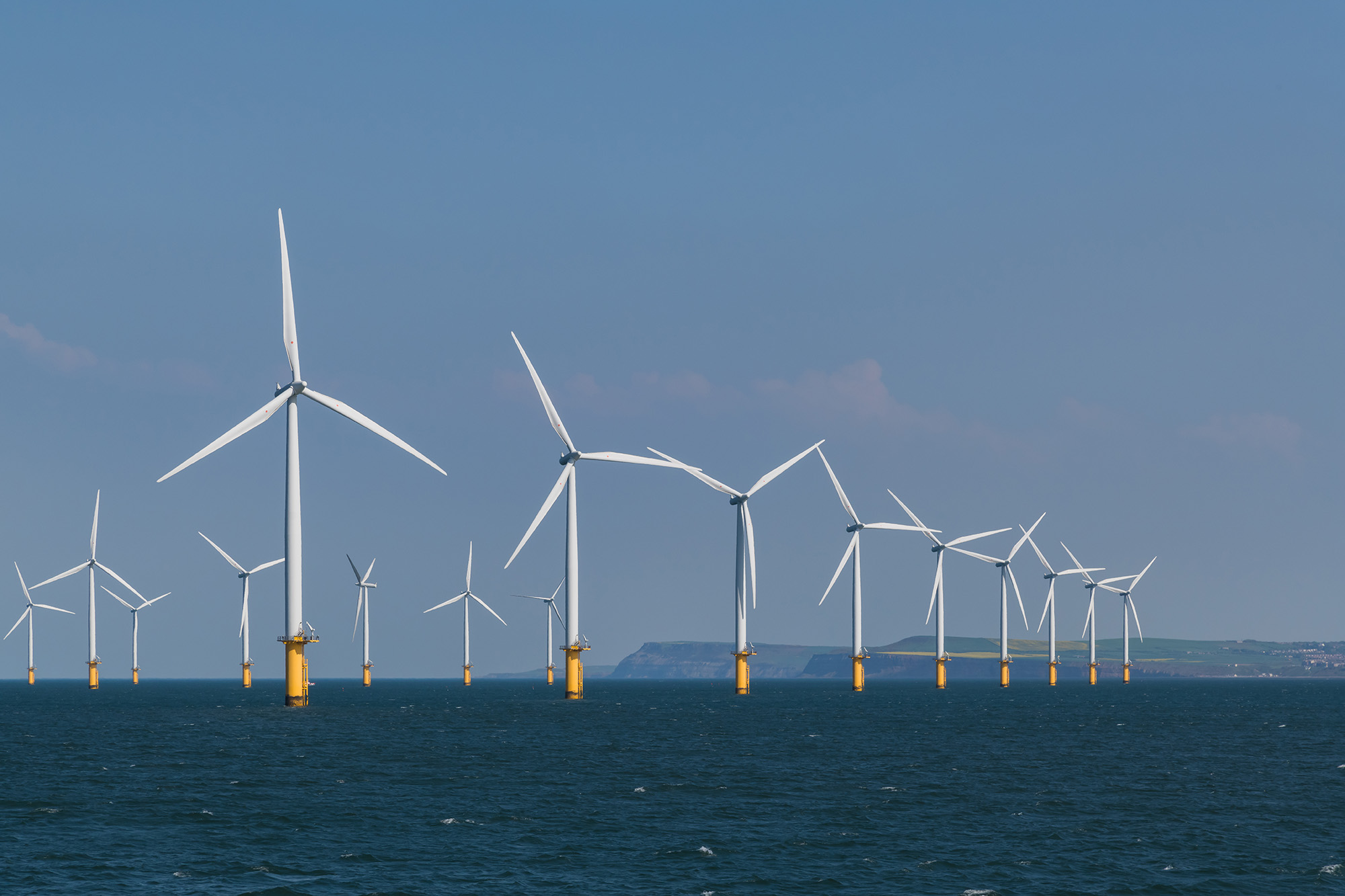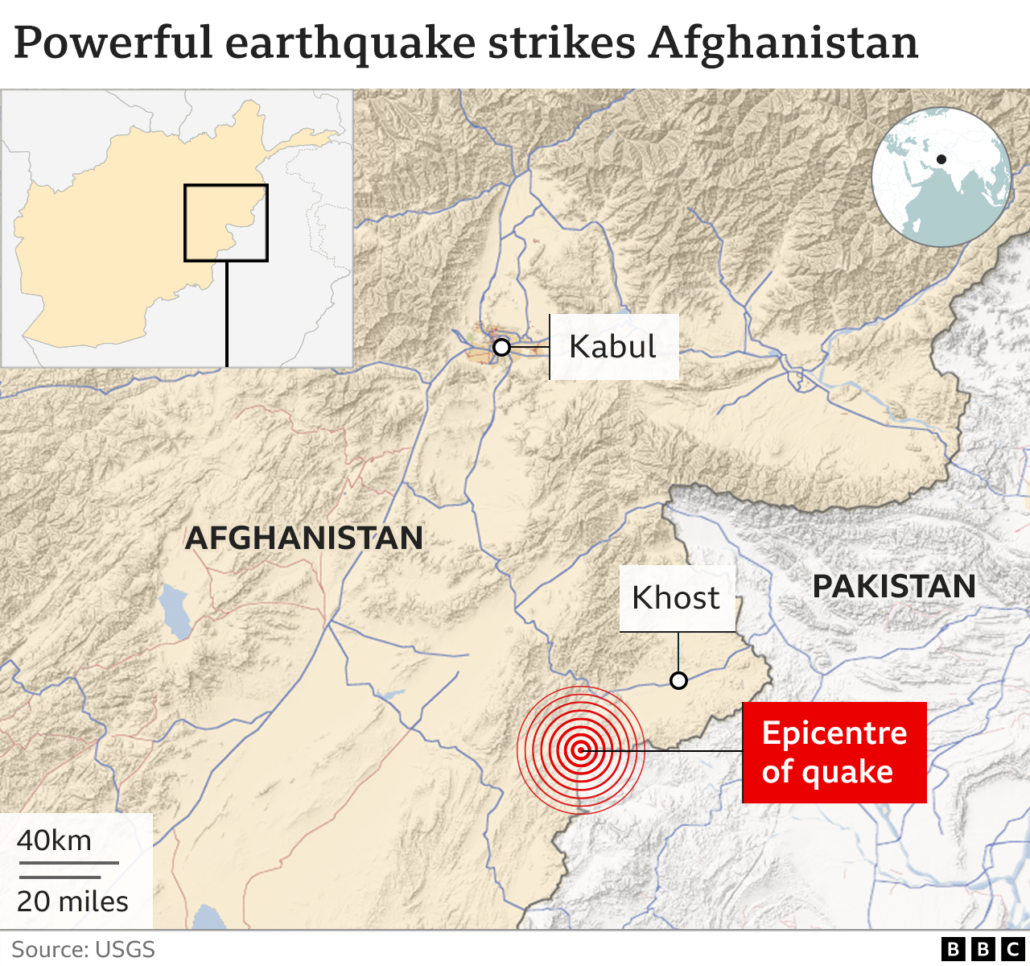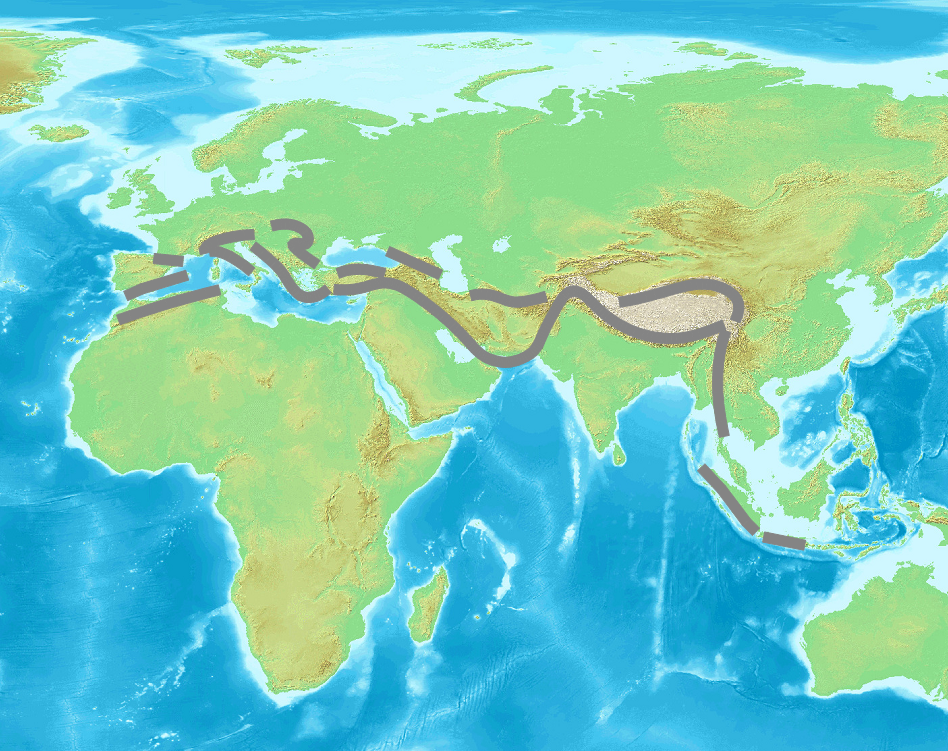Coastal Erosion at Hemsby: A Battle Against Nature
Coastal Erosion at Hemsby: A Battle Against Nature
Coastal erosion is a natural process that happens worldwide, but it has become a pressing issue for the residents of Hemsby, a village on the Norfolk coast. So, buckle up as we explore the science behind coastal erosion, how it’s impacting Hemsby, and what’s being done to fight it.
What is Coastal Erosion?
First, let’s understand what coastal erosion is all about. Coastal erosion is the wearing away of the land by the sea, often involving destructive waves wearing away the coast.
Coastal erosion is a natural process that shapes and reshapes the world’s shorelines. However, human activities, like building structures near the coast or interfering with natural habitats, can speed up erosion or worsen it.
The Hemsby Situation
Hemsby, located on the Norfolk coast in the UK, has been struggling with coastal erosion for quite some time. The village has a beautiful stretch of sandy beach that attracts tourists and provides a livelihood for local businesses. However, the coastline has steadily disappeared, putting homes and businesses at risk.
The village has lost about 70 meters of coastline in the last 50 years. But the erosion has become even more severe in recent years, with storm surges and high tides causing rapid damage. In March 2018, a powerful storm known as the “Beast from the East” battered the coast, causing seven homes to fall into the sea.
The Impact on Hemsby
Coastal erosion is not just about losing land – it also affects the people living and working in Hemsby. The community’s stability is shaken as homes and businesses are threatened. Moreover, the tourism industry, a crucial part of Hemsby’s economy, could take a hit if the beautiful sandy beaches disappear. About 90% of Hemsby’s economy depends on tourism.
March 2023
In the last few weeks, five homes have been demolished at Hemsby. Recent erosion on the coast has led to several properties built on sand dunes in the village of Hemsby, teetering on the edge and part of an access road being washed away. High spring tides (3.7m) and strong winds (50 mph) have battered the coastal stretch at The Marrams during the last two weeks.
One property was 20ft (6.1m) from the cliff edge a week before the high tides and strong winds, and then there was just 3ft (0.9m).
Demolition work by Great Yarmouth Borough Council is taking place on the north side of Hemsby Gap – a break in the dunes used by lifeboat crews to access the beach.
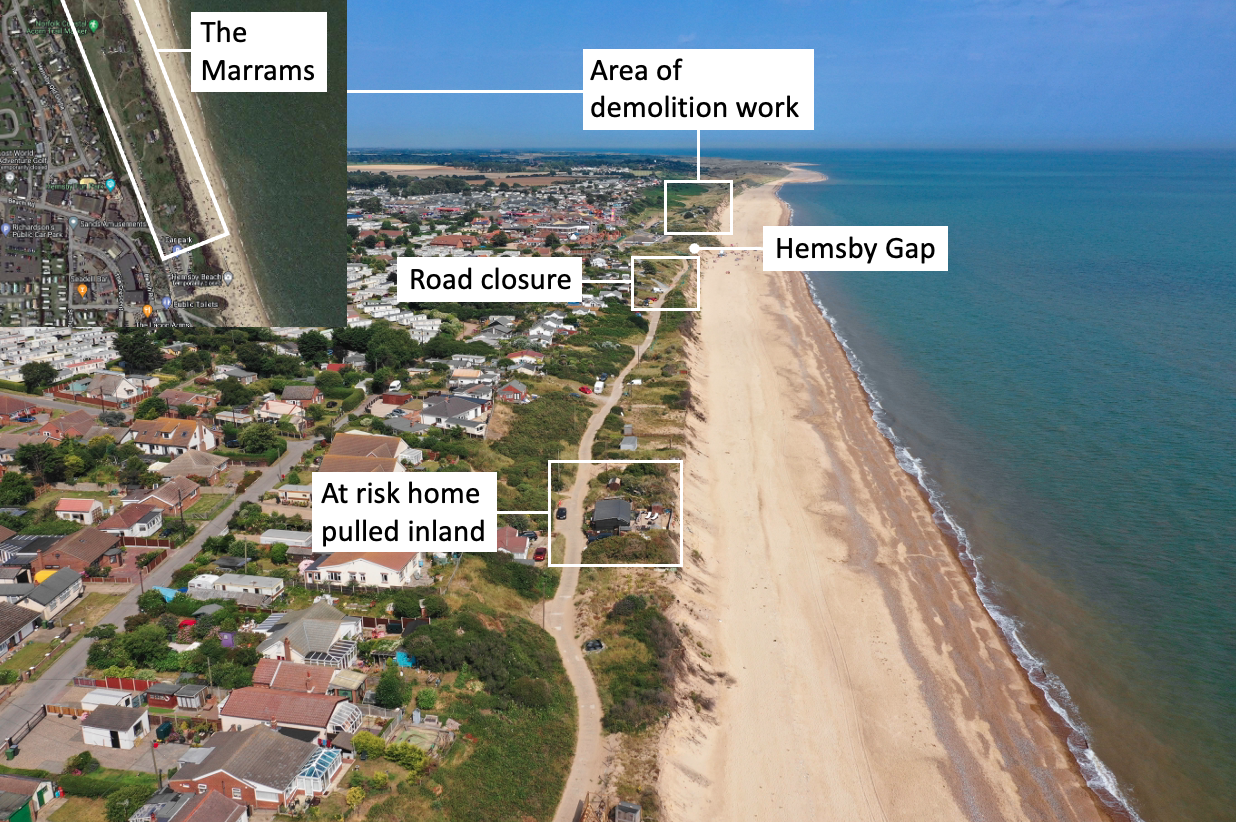
Coastal erosion at Hemsby – photograph (© Internet Geography) taken in July, 2019. Satellite image from Google Maps.
Timeline
25th February 2023 – The beach at Hemsby was closed because of significant erosion
10th March 2023 – At-risk homes were evacuated due to fears properties could topple over the cliff. A high tide led to a playhouse and shed falling over the cliff.
11th March 2023 – The first home was demolished.
12th March 2023 – Two more homes were demolished
13th March 2023 – Two more homes were demolished.
15th March 2023 – The access road to the south of Hemsby Gap closed due to its collapse
16th March 2023 – One homeowner managed to get his property moved from the cliff edge
What is being done to protect Hemsby?
About 2,000 tonnes of granite rock armour is being added to the beach south of Hemsby Gap as a temporary solution to protect clifftop road access to several properties. Great Yarmouth Borough Council sought permission from the landowner to put granite rocks on the beach. The granite blocks will break the waves and absorb their energy.
Hemsby Lifeboat coxswain Daniel Hurd told the BBC the current situation could have been resolved earlier.
He said: “I just think it’s absolutely ridiculous, this has been an emergency for years and it’s taken this weekend for them to see it’s an emergency to then get a rock berm put on the beach.”
The council responded saying it was a “real minefield of making sure that what local government and the authorities do is the correct line of procedure”.
Noel Galer, Great Yarmouth Borough councillor for East Flegg ward, which includes Hemsby, told Sky News people will be “trying very hard” to look after those who have lost their homes.”Some people literally have a second home which happens to be very close to the beach.
“Perhaps they knew the risks and understood the risks, accepted the risks.
“Others for various reasons may have found this is the only place they can find to live because of the cost and their circumstances and may not be so aware of what’s going on.
“They may have felt there’s no way this is ever going to be washed away.”
He said there used to be two further rows of dunes and that there is a footpath on the local map which goes out to sea.
Following the demolitions, four hundred people attended an emergency meeting in Hemsby to discuss action to help protect the village’s crumbling coastline. The Hemsby Independent Lifeboat and Save Hemsby Coastline organised the meeting. The group have started a petition to get the government to take responsibility to help save Hemsby’s coastline, residents were invited to join a protest outside Westminster or Downing Street in the future, and a “war chest” to fund legal assistance had opened.
Want to find out more?
How many other Hemsbys are waiting to happen? – BBC News
Digger drags under threat cliff edge home inland – BBC News
Hemsby: Fifth home on Norfolk cliff edge demolished – BBC News
Hemsbys erosion: Pictures show 30 years of devastation – Eastern Daily Press

